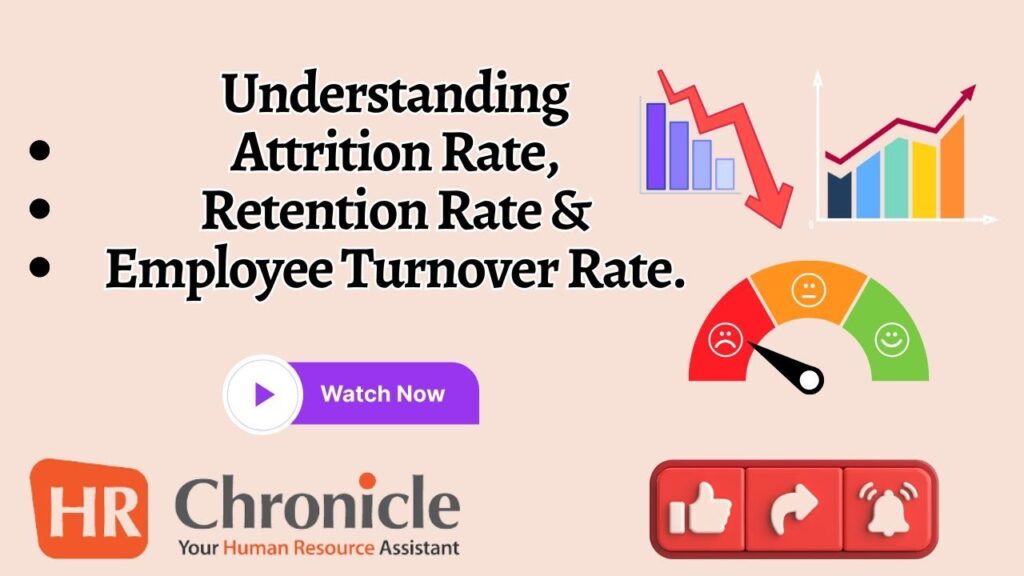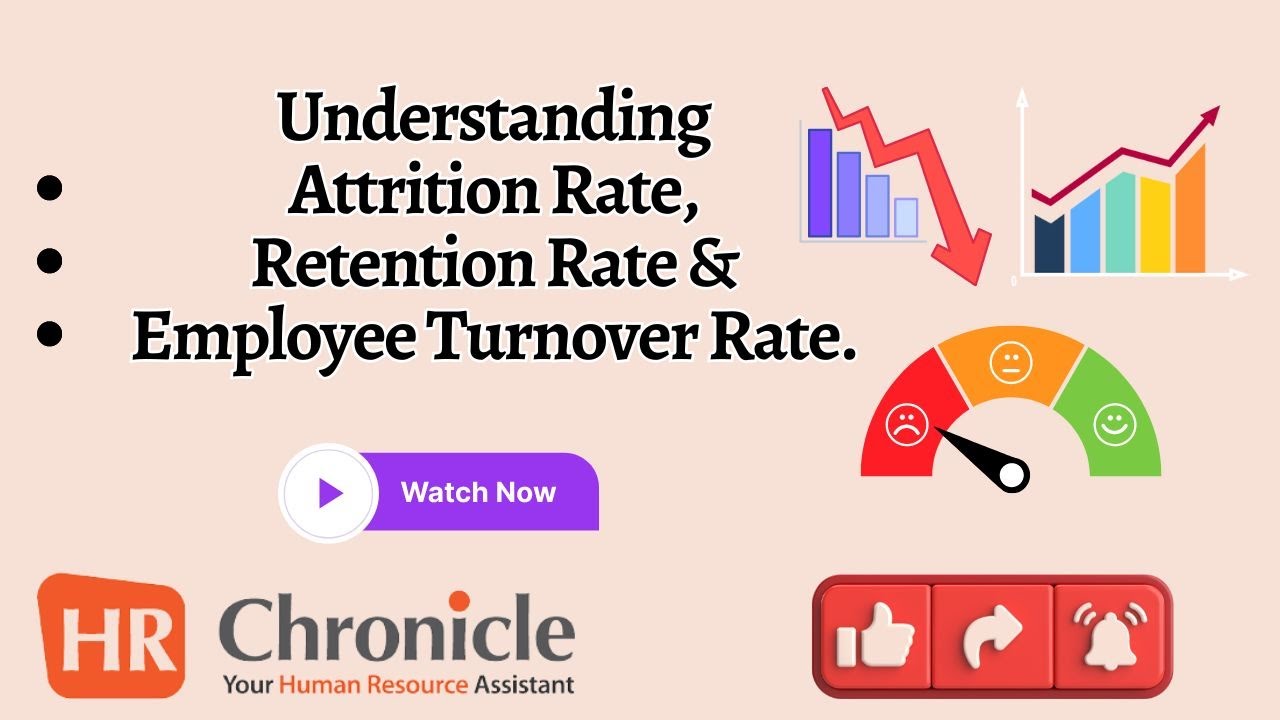
Employee Turnover vs. Retention: Understanding the Costs and Benefits
In today’s dynamic business environment, understanding the nuances between employee turnover vs. retention is critical for organizational success. High employee turnover can be a significant drain on resources, while effective employee retention strategies can lead to a more stable, productive, and engaged workforce. This article will delve into the key differences, costs, benefits, and strategies associated with both concepts, providing a comprehensive overview for business leaders and HR professionals.
Defining Employee Turnover and Retention
Employee turnover refers to the rate at which employees leave an organization over a specific period, typically a year. It encompasses both voluntary departures (resignations) and involuntary departures (terminations, layoffs). High employee turnover can indicate underlying issues within the organization, such as poor management, lack of opportunities, or uncompetitive compensation.
Employee retention, conversely, is the ability of an organization to keep its employees. High employee retention rates suggest a positive work environment, competitive benefits, and opportunities for growth. It reflects the effectiveness of an organization’s efforts to engage and retain its workforce. Investing in strategies that promote employee retention often yields significant returns in terms of productivity, morale, and cost savings.
The Costs of Employee Turnover
The costs associated with employee turnover are often underestimated. They extend beyond the obvious expenses of recruitment and training to include less tangible factors like decreased productivity and damaged morale. Here’s a breakdown of some key costs:
- Recruitment Costs: Advertising, agency fees, recruiter time, and background checks all contribute to the cost of finding a replacement.
- Training Costs: Onboarding, training materials, and the time spent by existing employees training new hires represent a significant investment.
- Lost Productivity: It takes time for new employees to reach full productivity, and during this period, overall team output may suffer. The departing employee’s productivity also often dips leading up to their exit.
- Administrative Costs: Processing paperwork, conducting exit interviews, and handling benefits administration all require administrative time and resources.
- Morale Impact: High employee turnover can negatively impact the morale of remaining employees, leading to decreased engagement and potentially further employee turnover.
- Knowledge Loss: When employees leave, they take valuable knowledge and experience with them, which can be difficult to replace.
- Customer Service Disruptions: Frequent changes in personnel can disrupt customer relationships and lead to dissatisfaction.
Quantifying these costs is crucial for understanding the true impact of employee turnover on the bottom line. Some studies estimate that the cost of replacing an employee can range from one-half to two times the employee’s annual salary. Addressing the root causes of high employee turnover can therefore lead to substantial cost savings.
The Benefits of Employee Retention
Investing in employee retention strategies offers numerous benefits, both tangible and intangible. A stable and engaged workforce can drive productivity, improve customer satisfaction, and enhance the organization’s reputation. Key benefits include:
- Increased Productivity: Experienced employees are more efficient and productive than new hires, contributing directly to higher output.
- Reduced Recruitment Costs: Lower employee turnover translates to fewer recruitment efforts and associated expenses.
- Improved Morale: A stable workforce fosters a positive work environment, boosting morale and engagement.
- Enhanced Customer Satisfaction: Long-term employees are better equipped to build strong customer relationships, leading to increased satisfaction and loyalty.
- Knowledge Retention: Retaining experienced employees ensures that valuable knowledge and expertise remain within the organization.
- Stronger Company Culture: A stable workforce helps to build a strong and consistent company culture, which can attract and retain top talent.
- Better Financial Performance: Ultimately, employee retention contributes to improved financial performance through increased productivity, reduced costs, and enhanced customer satisfaction.
Strategies for Improving Employee Retention
Effective employee retention strategies address the underlying factors that contribute to employee turnover. These strategies should be tailored to the specific needs and culture of the organization, but some common approaches include:
Competitive Compensation and Benefits
Offering competitive salaries and benefits packages is essential for attracting and retaining top talent. This includes not only base pay but also health insurance, retirement plans, paid time off, and other perks that employees value. Regular salary reviews and adjustments are necessary to ensure that compensation remains competitive in the market.
Opportunities for Growth and Development
Employees are more likely to stay with an organization that provides opportunities for growth and development. This can include training programs, mentorship opportunities, tuition reimbursement, and clear career paths. Investing in employee development demonstrates a commitment to their long-term success and can significantly boost employee retention.
Positive Work Environment
Creating a positive and supportive work environment is crucial for employee retention. This includes fostering open communication, promoting teamwork, recognizing employee contributions, and addressing any issues or concerns promptly. A culture of respect, trust, and inclusivity can significantly improve employee morale and engagement. [See also: Creating a Positive Workplace Culture]
Effective Management
The quality of management plays a significant role in employee retention. Managers should be trained to provide constructive feedback, offer support and guidance, and create opportunities for employees to excel. Regular performance reviews and one-on-one meetings can help managers stay connected with their team members and address any issues before they escalate.
Work-Life Balance
Promoting work-life balance is increasingly important for attracting and retaining employees. This can include flexible work arrangements, telecommuting options, and generous leave policies. Recognizing and respecting employees’ personal lives can significantly improve their overall well-being and job satisfaction. [See also: The Importance of Work-Life Balance]
Employee Recognition and Appreciation
Recognizing and appreciating employees’ contributions is a simple yet powerful way to boost employee retention. This can include formal recognition programs, informal thank-you notes, and opportunities for employees to showcase their accomplishments. Acknowledging employees’ hard work and dedication can make them feel valued and appreciated.
Exit Interviews
Conducting thorough exit interviews with departing employees can provide valuable insights into the reasons for employee turnover. This information can be used to identify areas for improvement and develop more effective employee retention strategies. Exit interviews should be conducted in a confidential and non-judgmental manner to encourage honest feedback.
Measuring Employee Turnover and Retention
Tracking employee turnover and retention rates is essential for monitoring the effectiveness of employee retention strategies. The employee turnover rate is typically calculated as the number of employees who left the organization during a specific period divided by the average number of employees during that period, multiplied by 100. The employee retention rate is calculated as the number of employees who remained with the organization during a specific period divided by the number of employees at the beginning of that period, multiplied by 100.
Analyzing these metrics over time can help identify trends and patterns, allowing organizations to proactively address any underlying issues. It’s also important to benchmark employee turnover and retention rates against industry averages to assess how the organization compares to its competitors.
The Future of Employee Retention
The landscape of employee retention is constantly evolving, driven by changing workforce demographics, technological advancements, and shifting employee expectations. Organizations that prioritize employee retention and adapt their strategies to meet the needs of their workforce will be best positioned to attract and retain top talent in the years to come.
As remote work becomes more prevalent, organizations will need to find new ways to engage and connect with their employees. This may include investing in virtual team-building activities, providing remote work stipends, and offering flexible work arrangements. [See also: Managing a Remote Workforce]
Ultimately, successful employee retention requires a holistic approach that addresses the needs of the whole employee, both inside and outside of work. By creating a positive and supportive work environment, providing opportunities for growth and development, and offering competitive compensation and benefits, organizations can build a loyal and engaged workforce that drives long-term success.
Conclusion
Understanding the differences between employee turnover vs. retention is crucial for any organization seeking to thrive in today’s competitive business environment. High employee turnover can be costly and disruptive, while effective employee retention strategies can lead to a more stable, productive, and engaged workforce. By investing in strategies that promote employee retention, organizations can reduce costs, improve morale, and enhance their overall performance.

